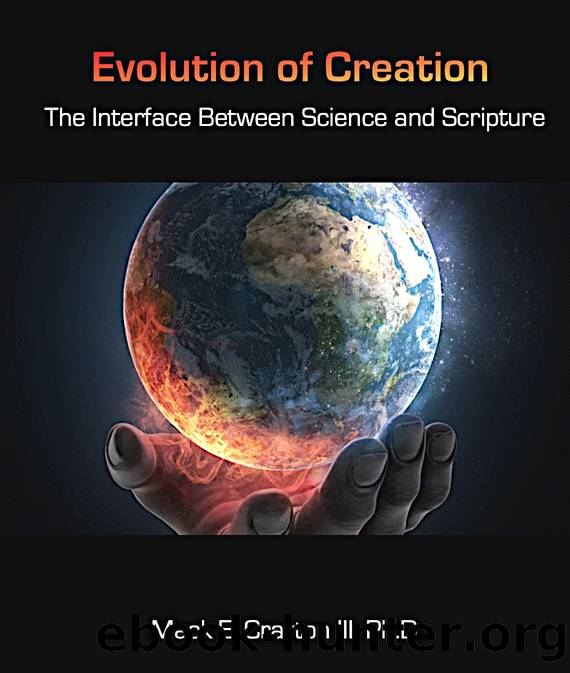Evolution Of Creation : The Interface Between Science and Scripture by Mack E. Crayton III PhD

Author:Mack E. Crayton III PhD [Crayton III PhD, Mack E.]
Language: eng
Format: azw3
Published: 2021-03-19T16:00:00+00:00
The same requirements for large and diverse populations would apply to human populations as well. God in His omniscience would have created a large enough population to seed and maintain the human species. Population Genetics and Anthropology hypothesize that humans would have needed to live in small groups or tribes of about 250 people in order to survive and multiply, rather than starting from only a single male and female. The small tribe of approximately 250 people would have been able to offset the time span for a nine-month pregnancy; the years needed to raise children from birth to reproductive age; and this small tribe of people would have guaranteed that enough male and female children would have been born in each generation in order to maintain the human species. Again, in His omniscience, God would have created genetic diversity among the humans so that they would have different levels of intelligence and creativity; they would have different gifts and talents; and they would not all look alike. The most obvious visual difference among humans, skin color, will be discussed later. Also, different species of humans or hominids would have been created just as different species of trees and animals were created. The thousands to tens of millions of years that corresponds to the seventh day on which God rested, provides a timeline for the existence and subsequent extinction of early human or hominid species such as: Homo habilis (earliest hominid to use tools made from stones); Homo erectus (earliest hominid to use fire and to cook); Homo heidelbergensis (earliest hominid to wear clothes) and Homo neanderthalensis (most recent cousin species to modern humans that lived in Europe before our immigration there). As was the case with the other animals, the various species of hominids would have faced challenges such as: competing for their niche; competing for food and resources; avoiding and fighting off predators; and adaptation to changes in weather and climate in order to survive. The strongest of the hominid species, modern humans (Homo sapiens) survived, multiplied, subdued the earth, and have reigned in dominion on the earth for centuries.
Download
This site does not store any files on its server. We only index and link to content provided by other sites. Please contact the content providers to delete copyright contents if any and email us, we'll remove relevant links or contents immediately.
Sapiens: A Brief History of Humankind by Yuval Noah Harari(14209)
Sapiens by Yuval Noah Harari(5280)
Pale Blue Dot by Carl Sagan(4883)
Homo Deus: A Brief History of Tomorrow by Yuval Noah Harari(4798)
Livewired by David Eagleman(3663)
Origin Story: A Big History of Everything by David Christian(3631)
Brief Answers to the Big Questions by Stephen Hawking(3354)
Inferior by Angela Saini(3260)
Origin Story by David Christian(3132)
Signature in the Cell: DNA and the Evidence for Intelligent Design by Stephen C. Meyer(3054)
The Gene: An Intimate History by Siddhartha Mukherjee(3029)
The Evolution of Beauty by Richard O. Prum(2924)
Aliens by Jim Al-Khalili(2775)
How The Mind Works by Steven Pinker(2713)
A Short History of Nearly Everything by Bryson Bill(2616)
Sex at Dawn: The Prehistoric Origins of Modern Sexuality by Ryan Christopher(2472)
From Bacteria to Bach and Back by Daniel C. Dennett(2432)
Endless Forms Most Beautiful by Sean B. Carroll(2413)
Who We Are and How We Got Here by David Reich(2385)
